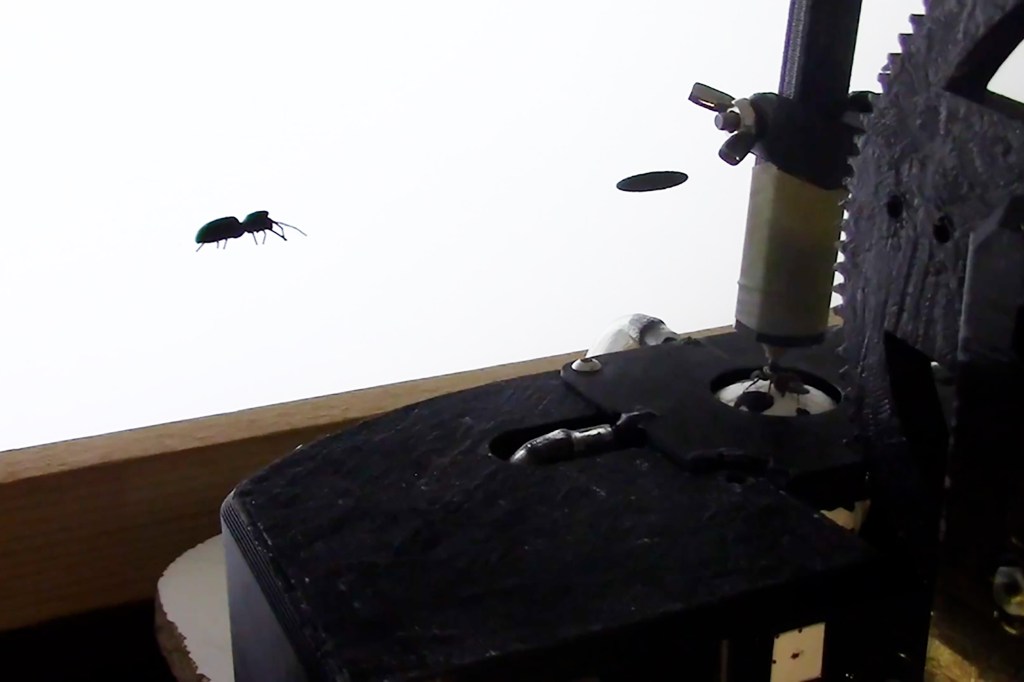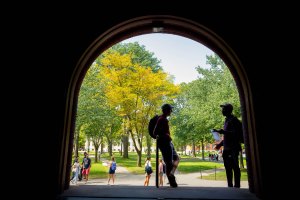Science & Tech
-

Cracking the code of why, when some choose to ‘self-handicap’
New research also offers hints for devising ways to stop students from creating obstacles to success

-
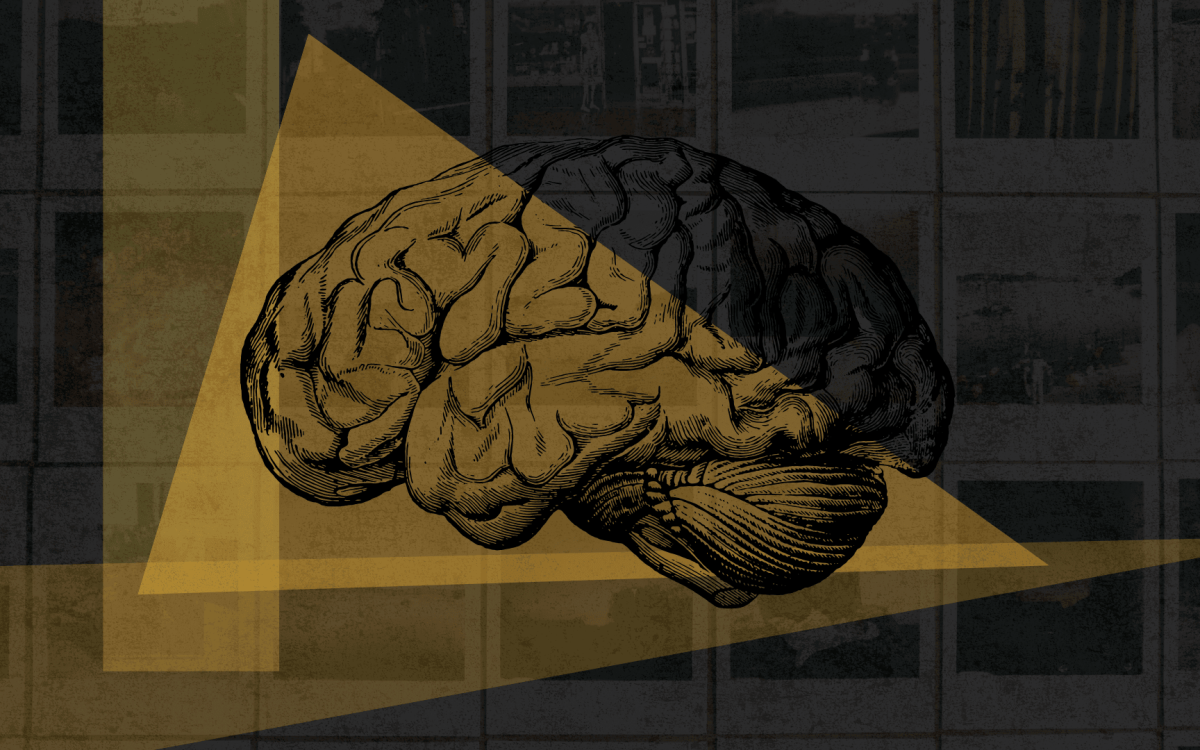
How memory works (and doesn’t)
In podcast, scientists explain why remembering is more reconstruction than replay
-

Mapping our deep-rooted relationship with medicinal plants
Regions with longer histories of human settlement tend to have greater variety, study finds
-
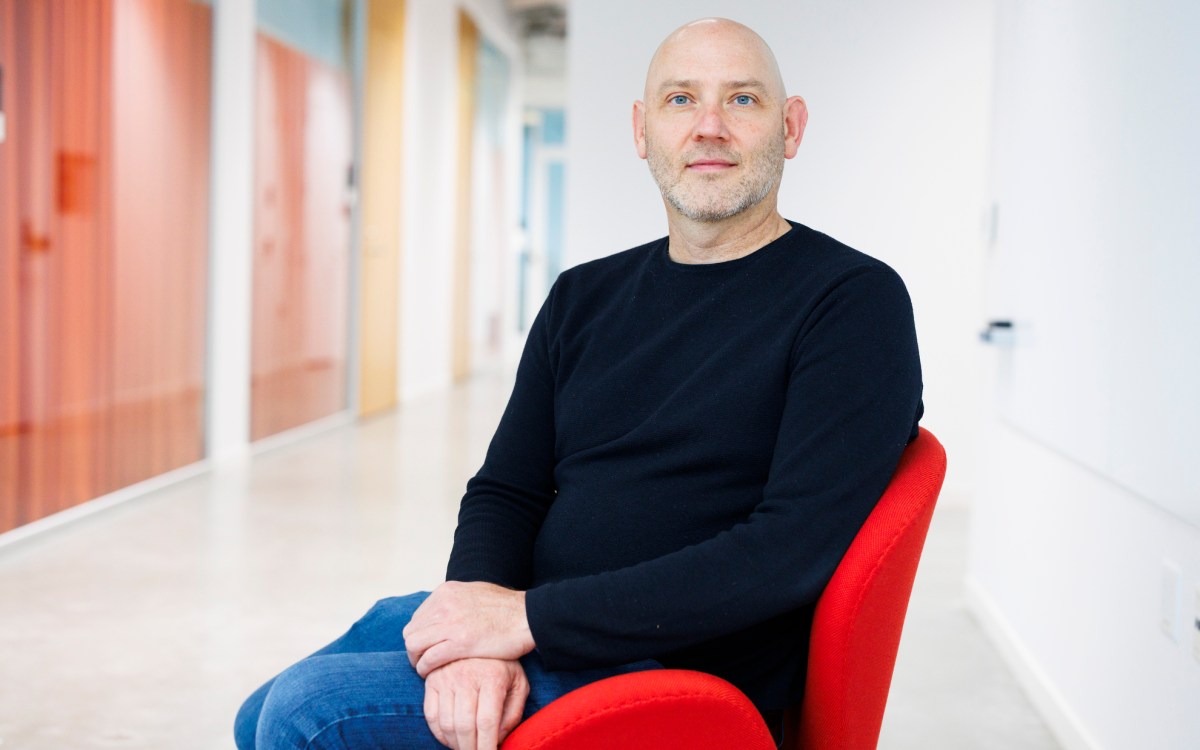
Technically, it’s possible. Ethically, it’s complicated.
Surge in AI use heightens demand for Harvard program that examines social consequences of computer science work
-
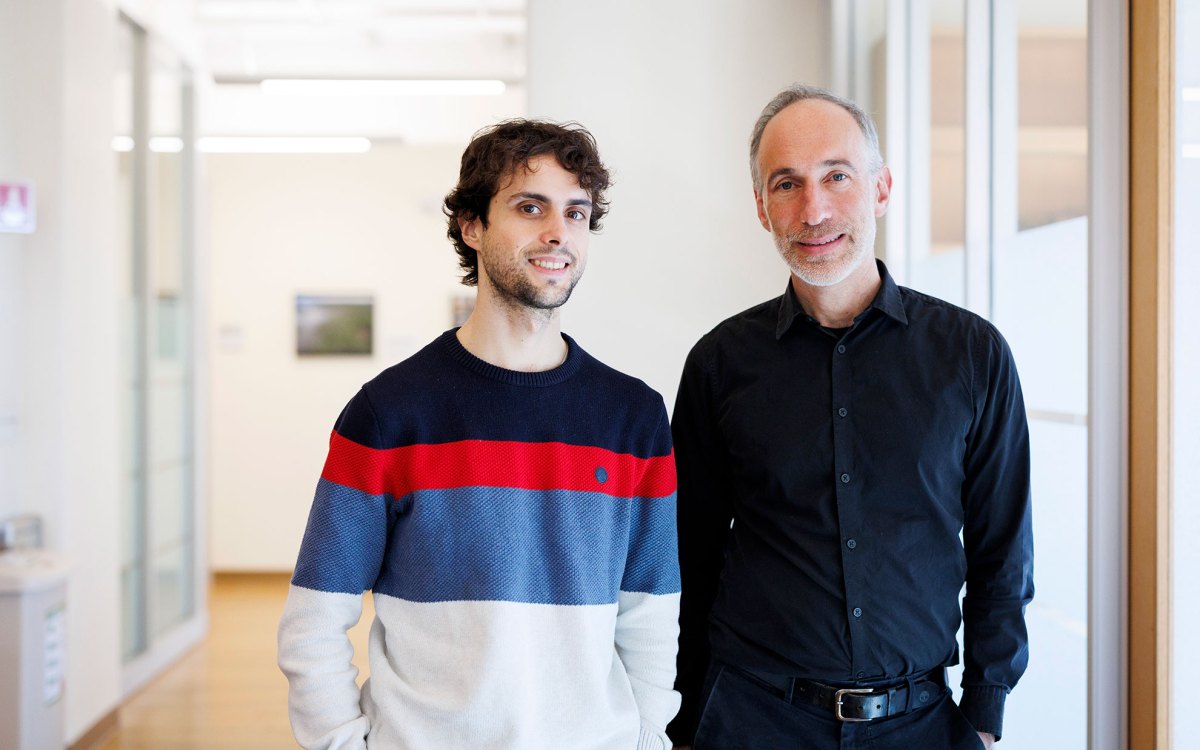
Solving mystery at tip of South America
Study finds previously unknown ancient lineage of indigenous people, which gave rise to surprisingly diverse mix of cultures

-
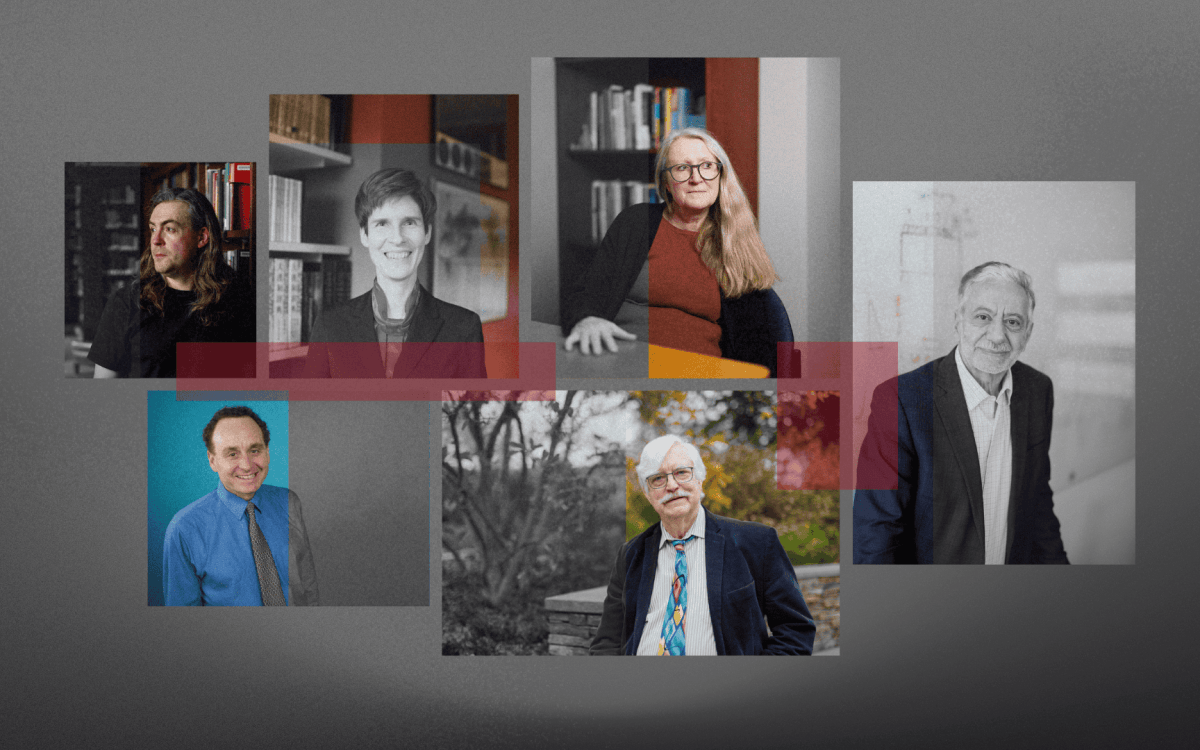
Is AI dulling our minds?
Experts weigh in on whether tech poses threat to critical thinking, pointing to cautionary tales in use of other cognitive labor tools
-
Meat and muscles, sure. But the human eye is a stretch, for now.
The author and MIT professor Ritu Raman discussed the promise and ethical challenges of a lab-shaped future.
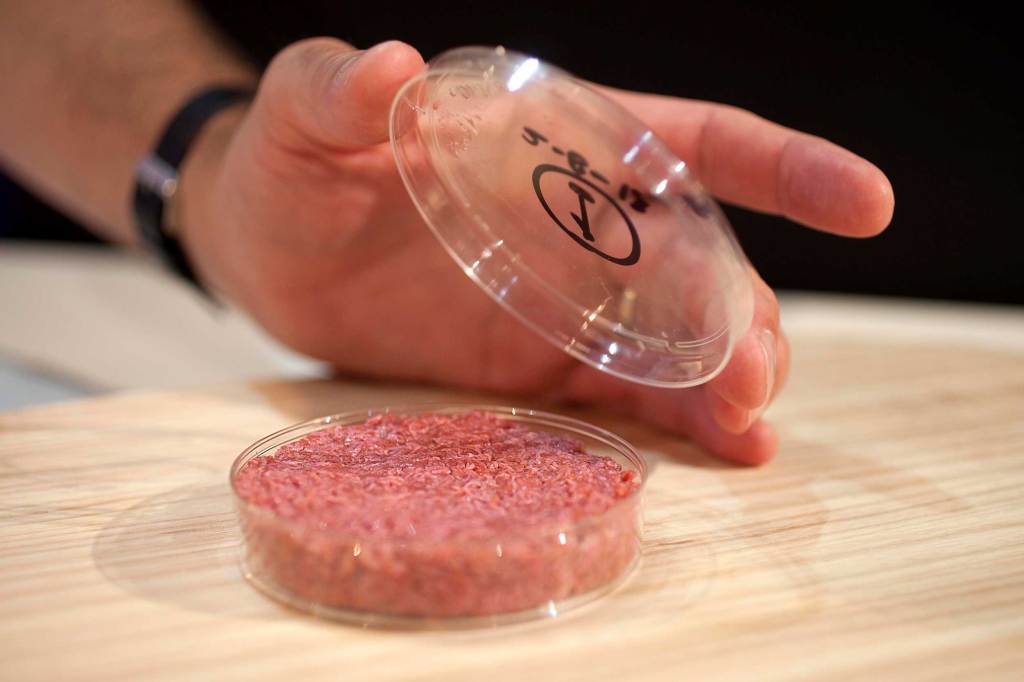
-
When will a robot write a novel?
In considering whether a robot could write a work of fiction, the computer science Krzysztof Gajos says it depends—trashy novel or a good one?

-
A Rosetta Stone of biology
Harvard researcher develops program to read any genome sequence and decipher its genetic code.
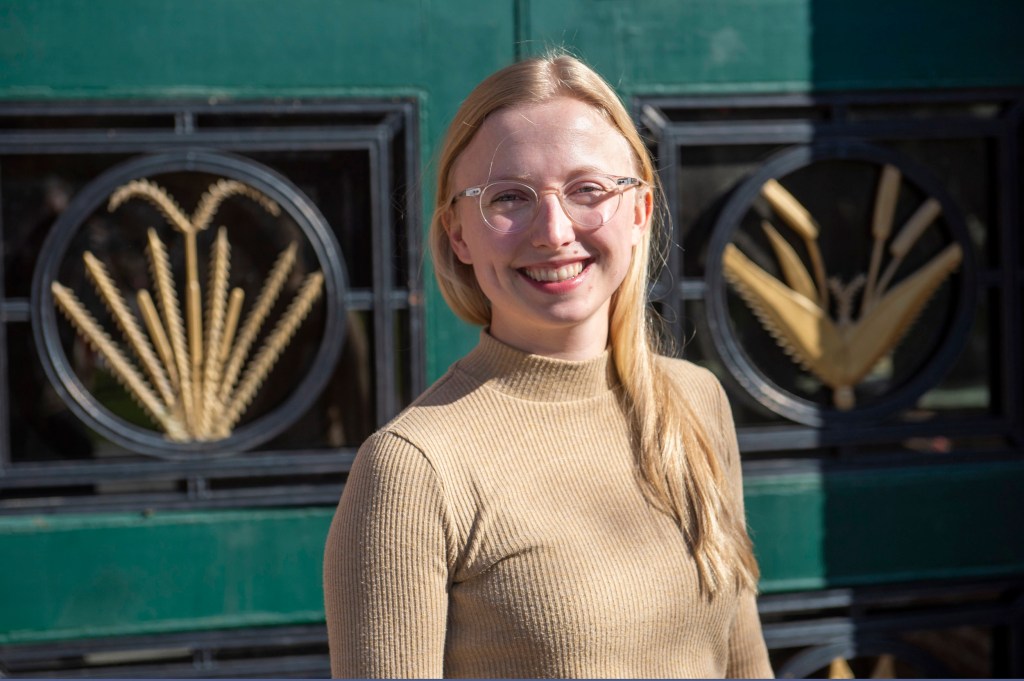
-
Lessons in regeneration by light of glowing worms
Harvard-led team is learning secrets of regeneration through a method for manipulating genome, which allows a better view of workings of cells.
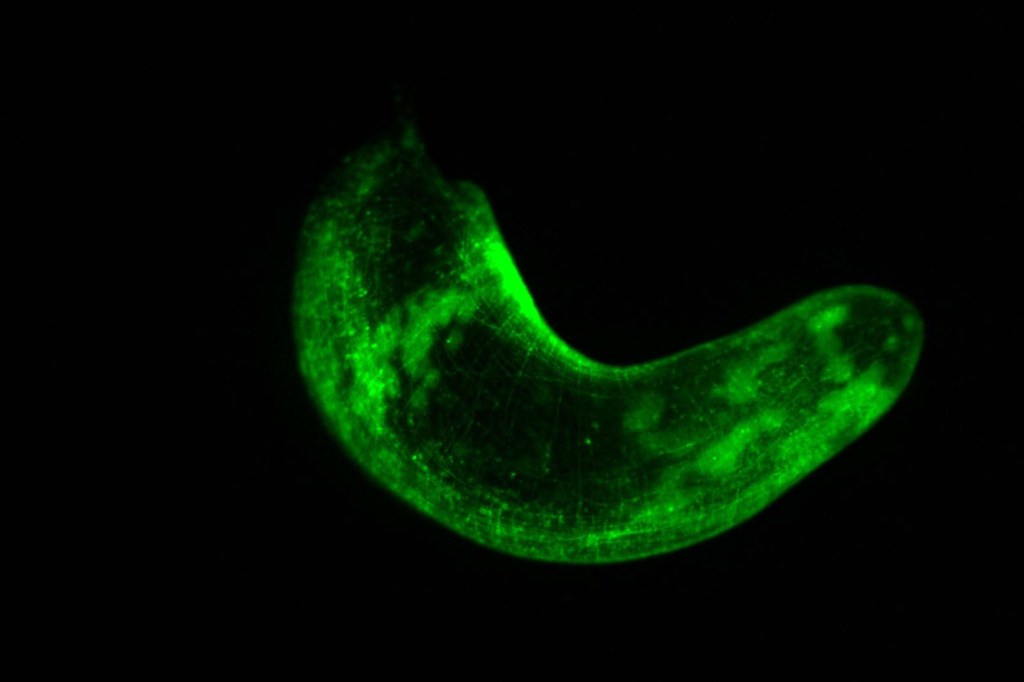
-
If we could talk to the animals … whales, specifically
A group of scholars who met at Radcliffe in 2017 have formed a nonprofit aimed at deciphering whale communication.

-
A big discovery of a tiny critter
Discovery in 16-million-year-old amber is the third species of water bear ever found.
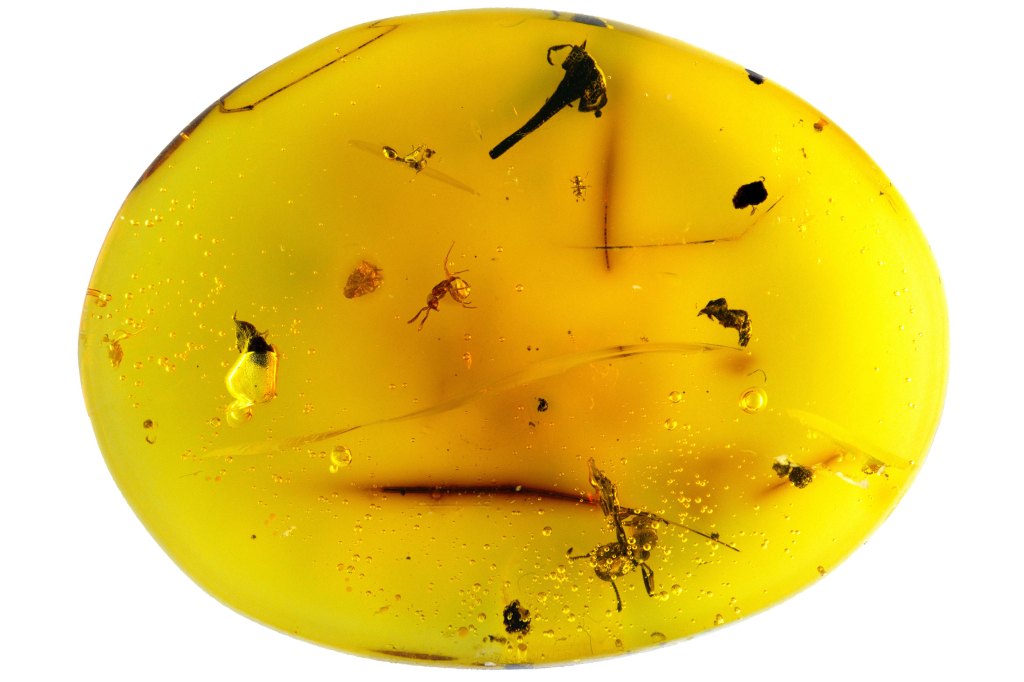
-
Mathematician’s life advice: Subtract the boring parts
Marcus du Sautoy discussed his latest work “Thinking Better: The Art of the Shortcut in Math and Life,” with Melissa Franklin, Mallinckrodt Professor of Physics.
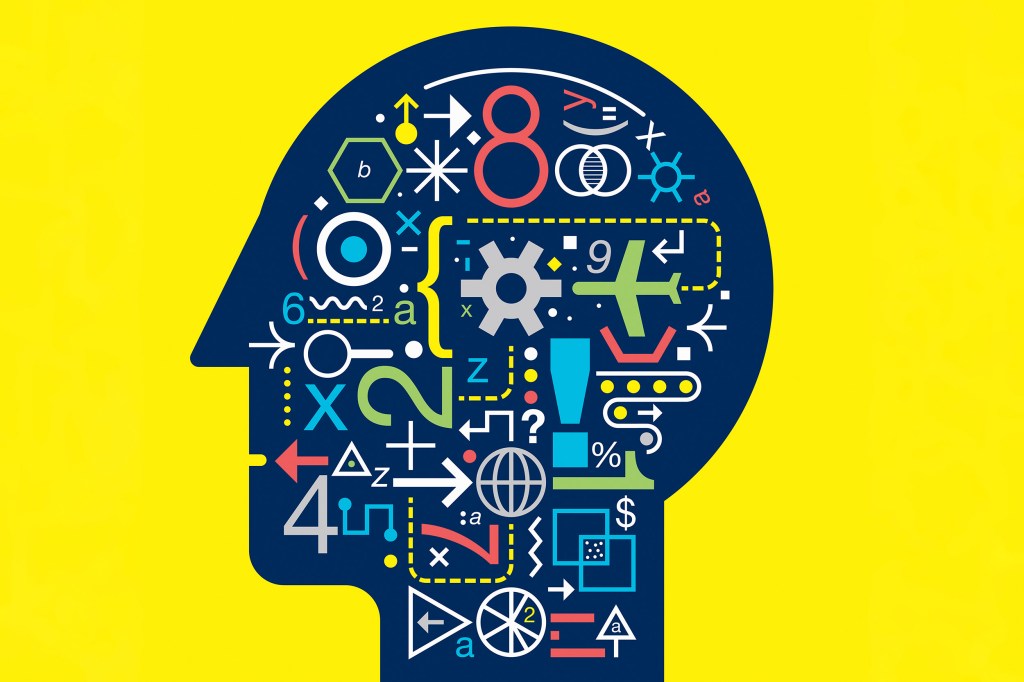
-
Why did some mammals develop tusks?
New study defines and traces the evolution of tusks from the first animals to sport them.
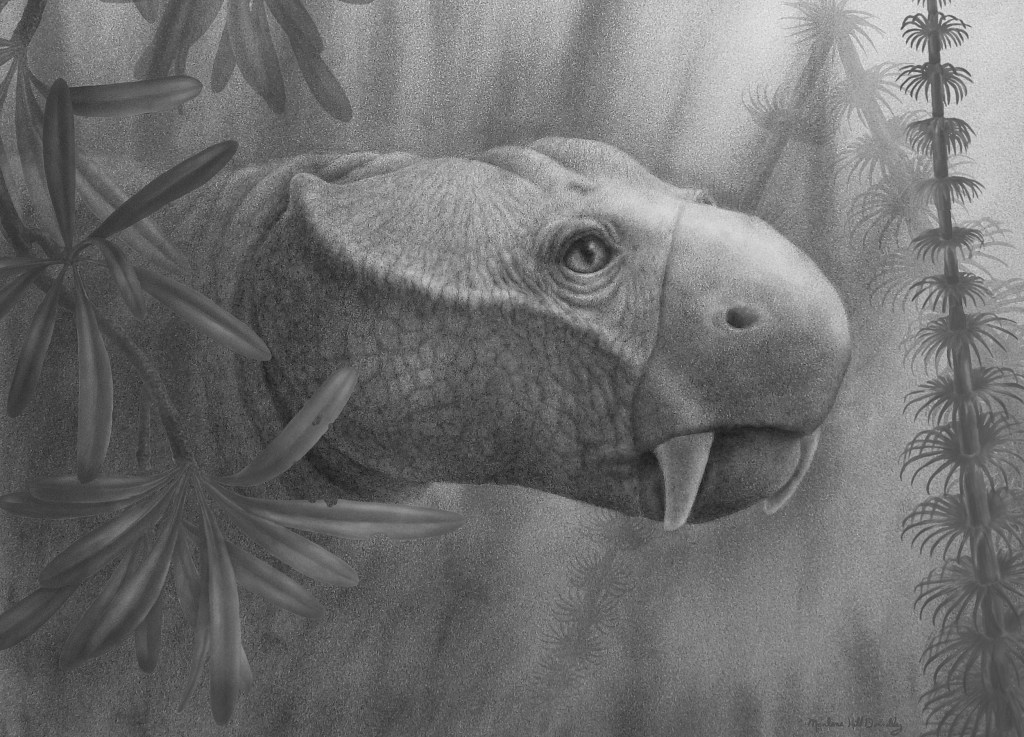
-
Coming to grips with planetary existential threat
Environmental Science and Public Policy takes multidisciplinary approach to complex existential threat.
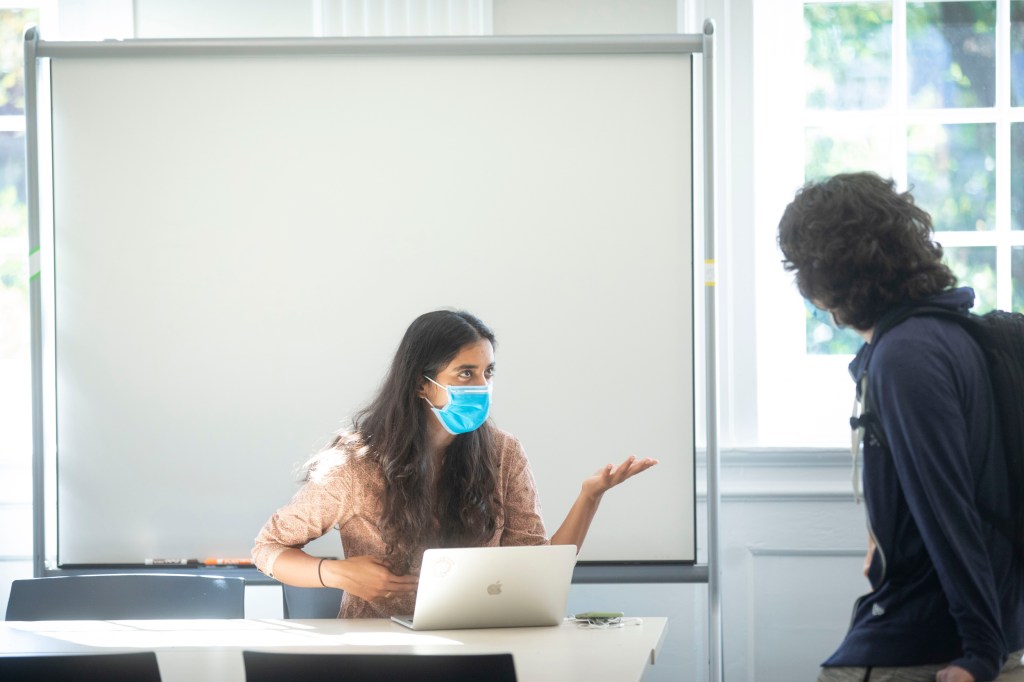
-
People weren’t so lazy back then
Research comparing 19th- and 21st-century Americans finds a half-hour decline in physical activity. Blame it on planes, trains, and automobiles.
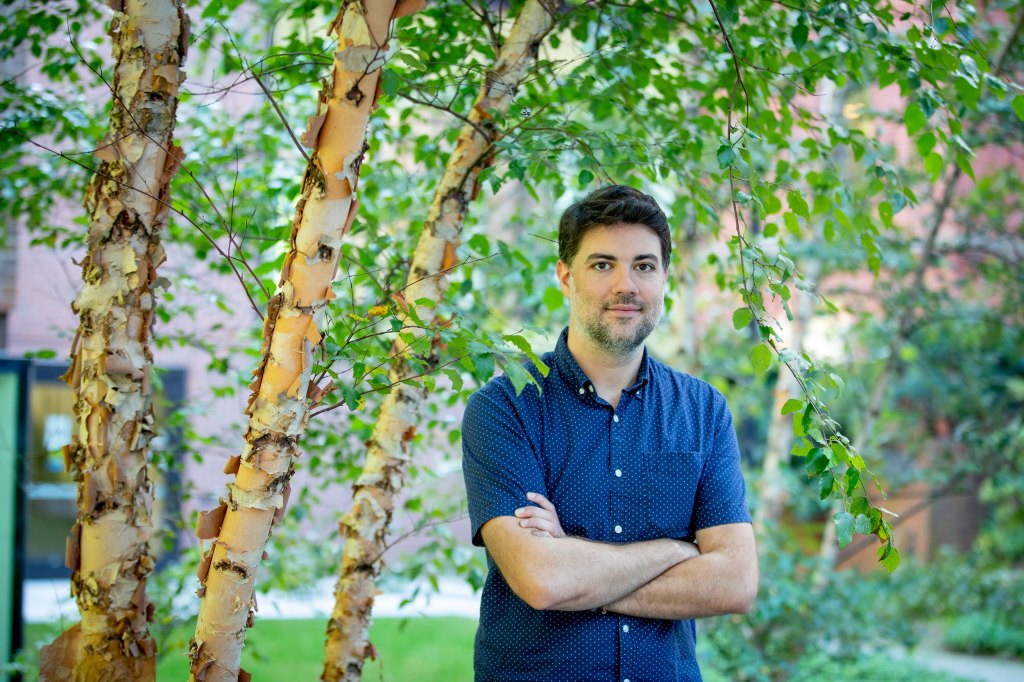
-
Leaky natural gas pipelines are tip of the iceberg
Methane emissions from the distribution and use of natural gas across U.S. cities are 2 to 10 times higher than recent estimates from the EPA.

-
Tantalizing transit
Signs of a planet transiting a star outside of the Milky Way galaxy may have been detected for the first time.

-
How asteroid, comet strikes may have delayed evolution of atmosphere
Collisions more common than thought and hampered growth of oxygen on planet, Harvard professor’s team finds.

-
Bad for 100-million-year-old crab, but good for scientists
Javier Luque’s first thought while looking at the 100-million-year-old piece of amber wasn’t whether the crustacean trapped inside could help fill a crucial gap in crab evolution. He just kind…
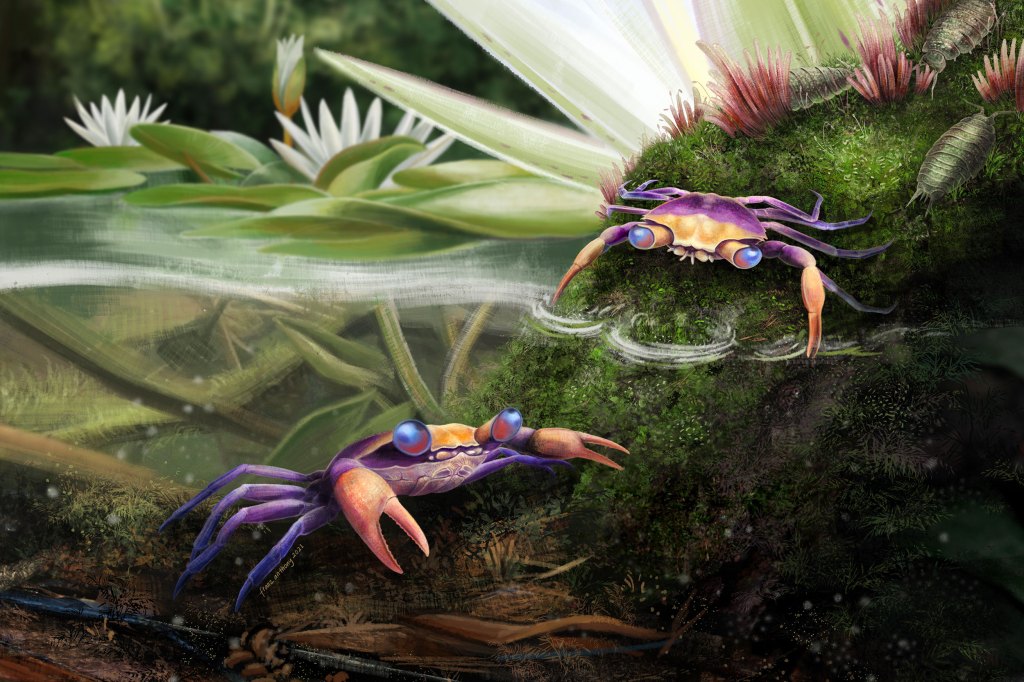
-
Are Google and smartphones degrading our memories?
It’s been 20 years since Daniel Schacter first published his groundbreaking book on memory errors. In a recent talk he discussed some of those new findings, including how technology is helping and hurting.
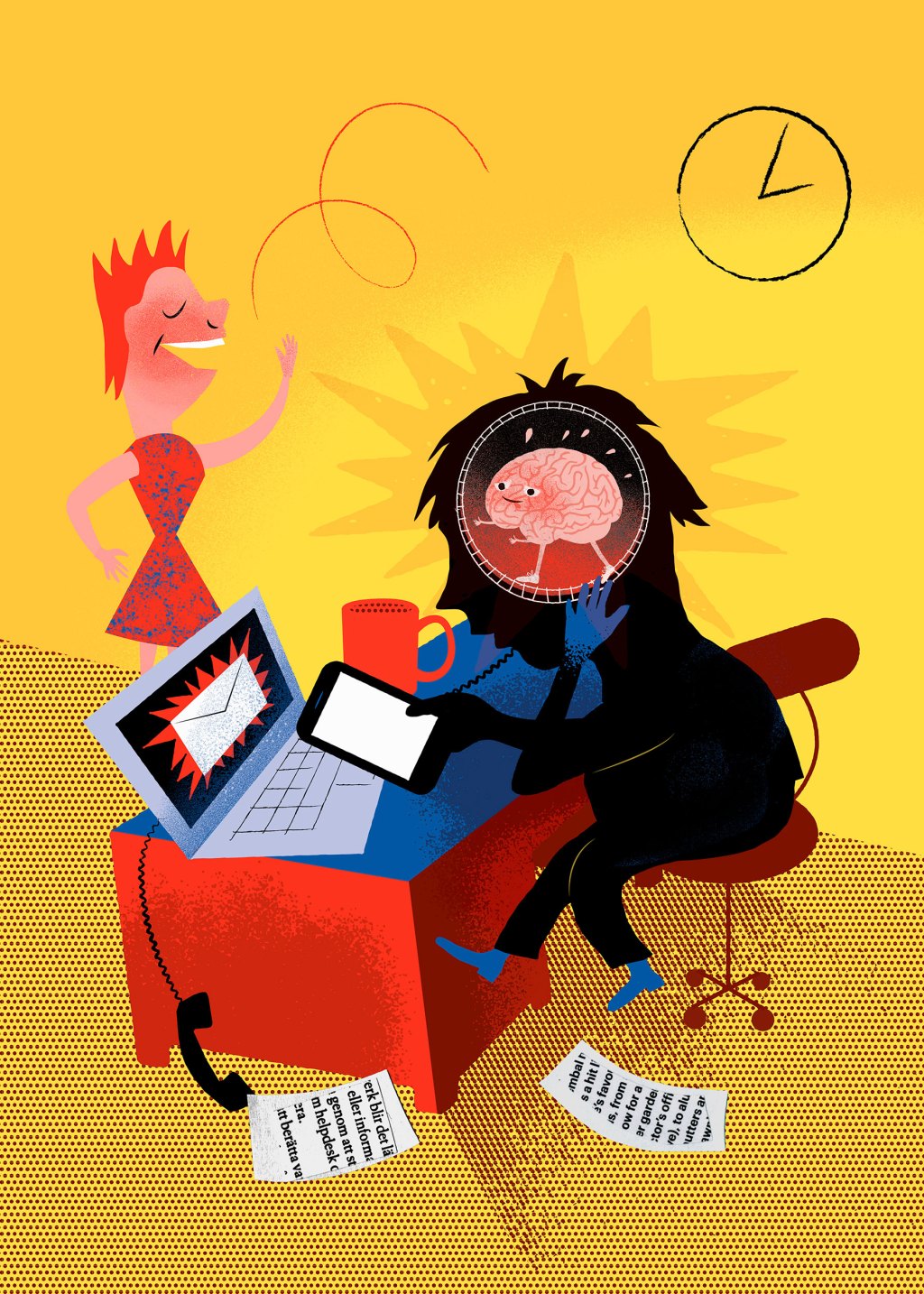
-
New gene-transport system gets more drugs to sick muscles
A newly engineered gene-delivery system has the potential to make gene therapy for muscle diseases both safer and more effective for patients.

-
More climate research, teaching to make greater impact
The new vice provost for climate and sustainability talks about upcoming efforts to boost Harvard’s response to challenges presented by climate change.
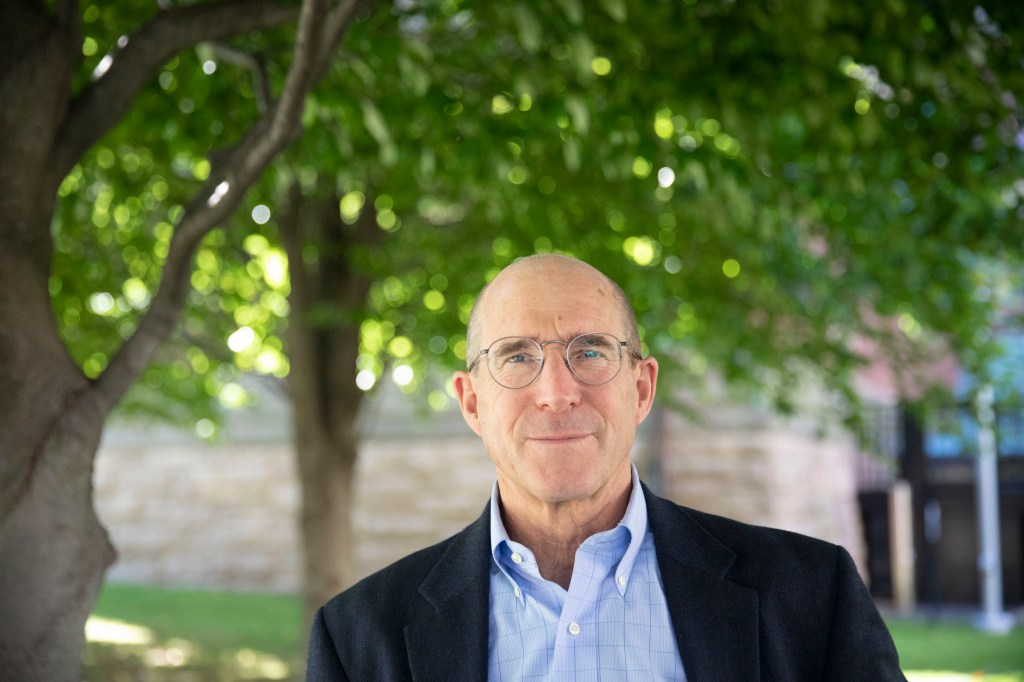
-
Brewery fit for a king
The remains of a 5000-year-old brewery found in the ancient Egyptian city of Abydos are providing insights into the relationship between large-scale beer production and the development of kingship in Egypt.
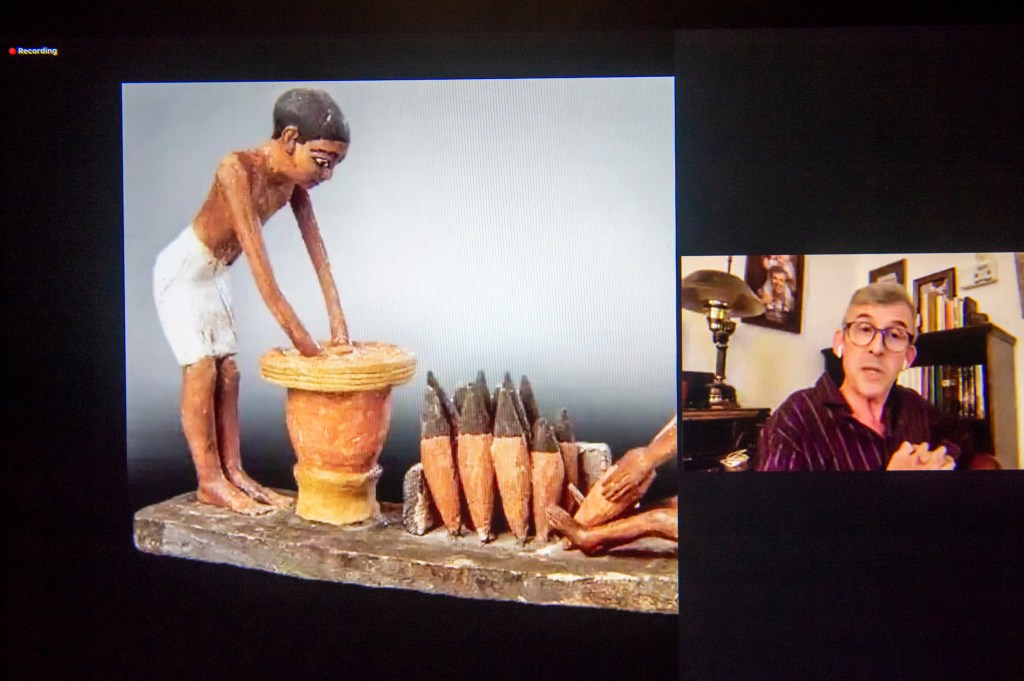
-
No one outruns death, but hunter-gatherers come closest
Our sedentary tendencies may be robbing us of a key benefit of physical activity.
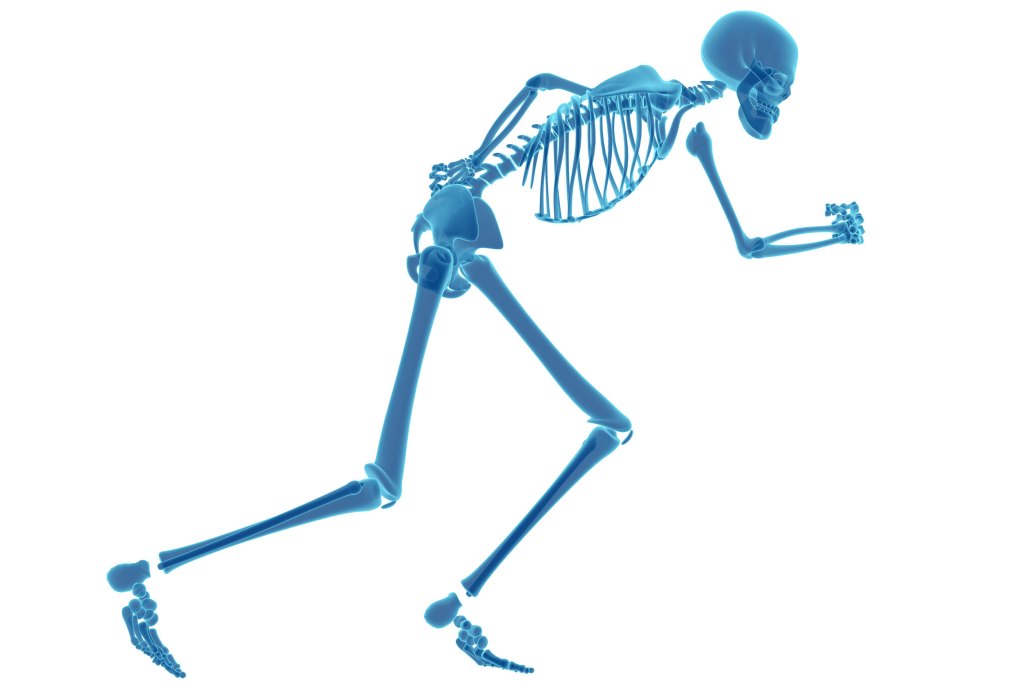
-
Future sound of a Beatles playlist: drip, drip, drip
In a new paper, Harvard chemists describe a data-storage method that uses mixtures of seven fluorescent dyes to save files.
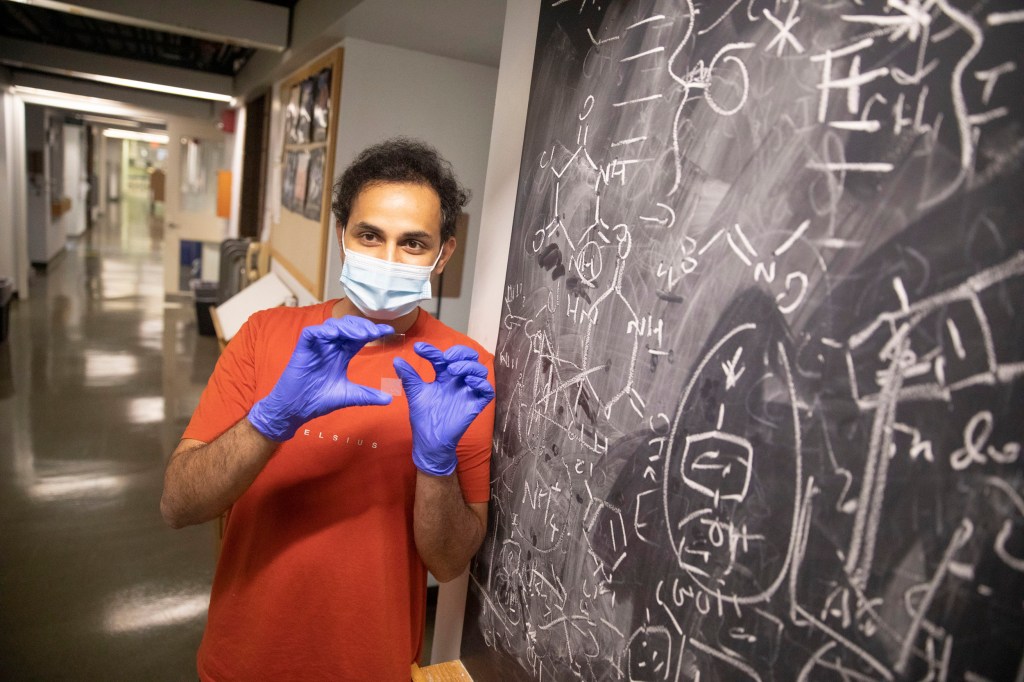
-
Massage helps injured muscles heal faster and stronger
Using a controlled massage system, researchers found that treatment led to greater repair and strength recovery in mice.
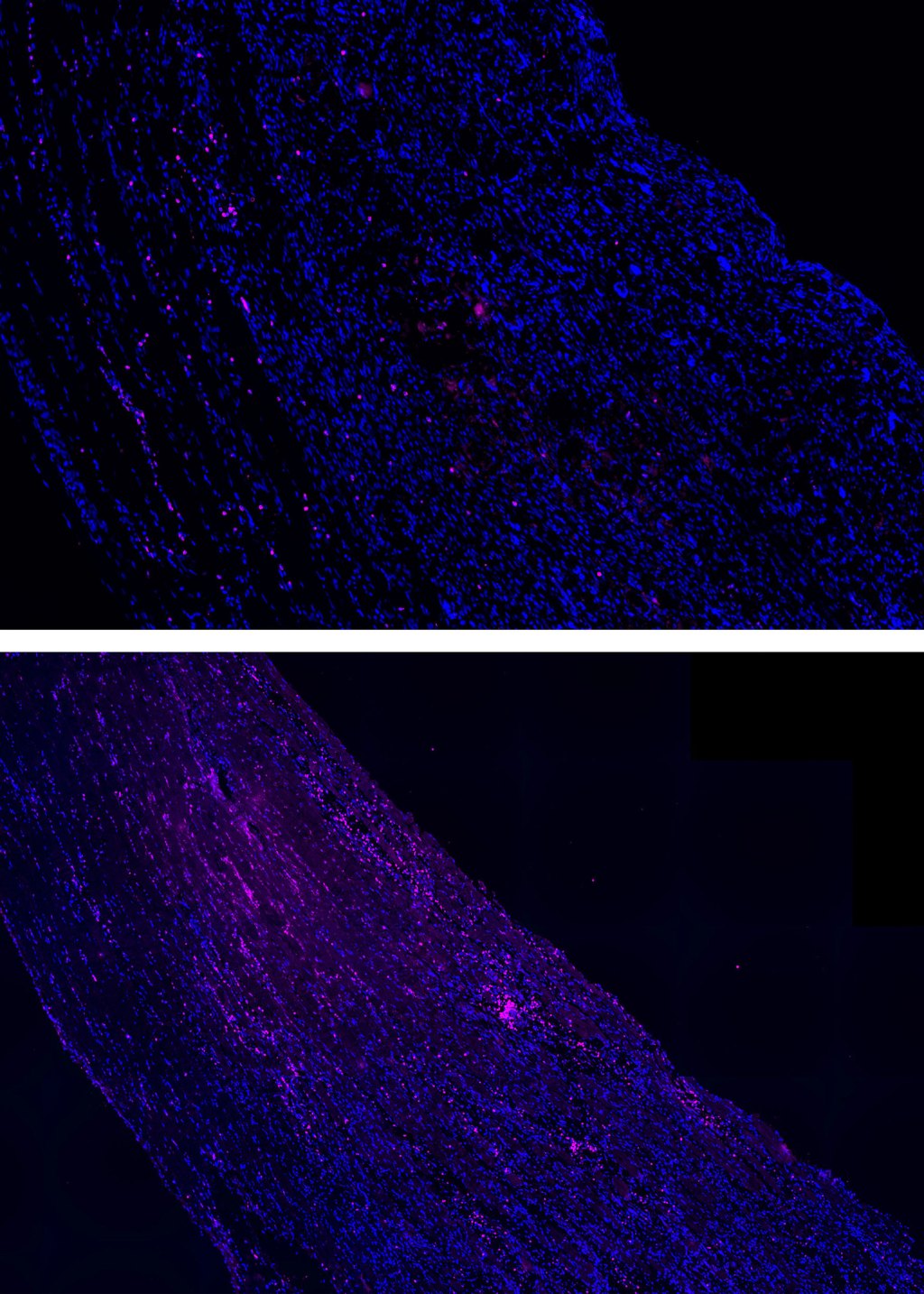
-
Deploying AI against colon cancer
Harvard-led research signals life-saving potential for artificial intelligence in fight against colon cancer.
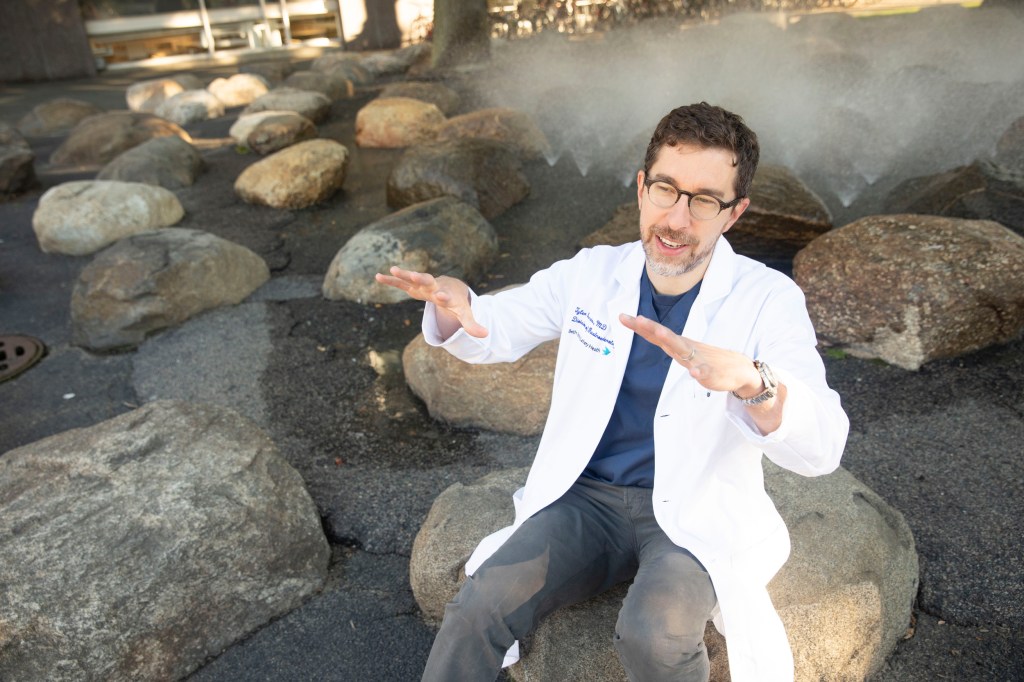
-
Biological triggers for infant abuse
Harvard team discovers neural circuits underlying aggressive behavior of adult mice toward young ones.

-
Melting of polar ice shifting Earth itself, not just sea levels
Research by new Harvard Ph.D. finds warping of planet’s crust, with far-reaching effects.

-
How a hormone affects society
The hormone testosterone provides a backdrop for male aggression and violence, both in nature and in society, argues a Harvard human evolutionary biologist.
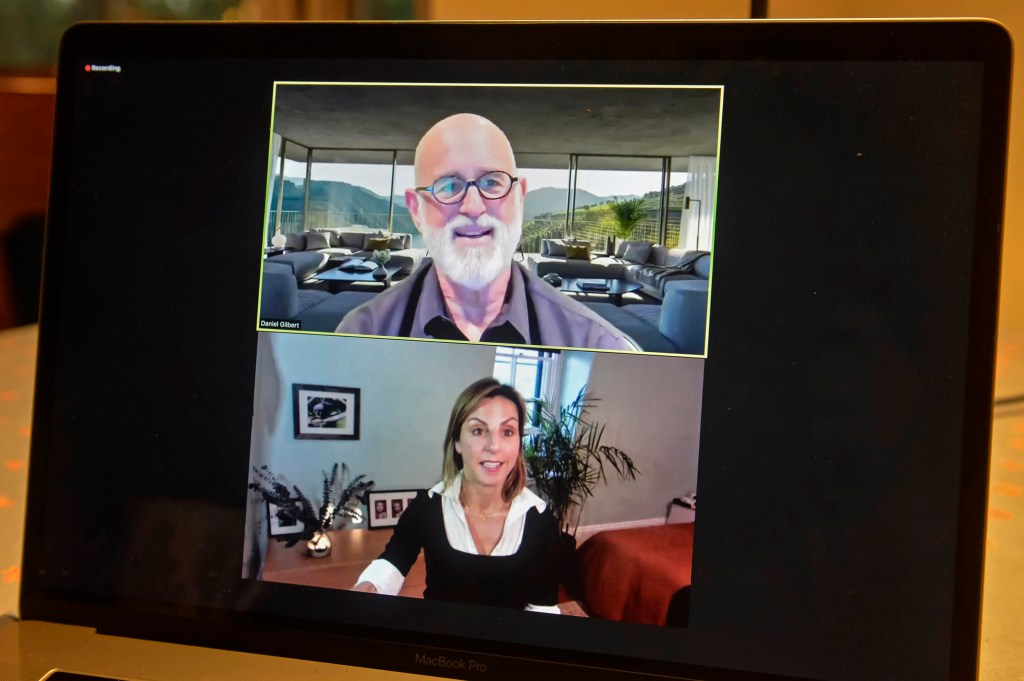
-
Like hitting a bullseye with closed eyes
Recently NASA updated its forecast of the chances that the asteroid Bennu will hit Earth in the next 300 years. Harvard statisticians put it into perspective.

-
Knowing a big deal when you see it
The fossil was found to belong to a previously unknown species of a lizard-like reptile, representing the earliest evolving member of a lineage that today includes all lizards, snakes, and their closest relatives.
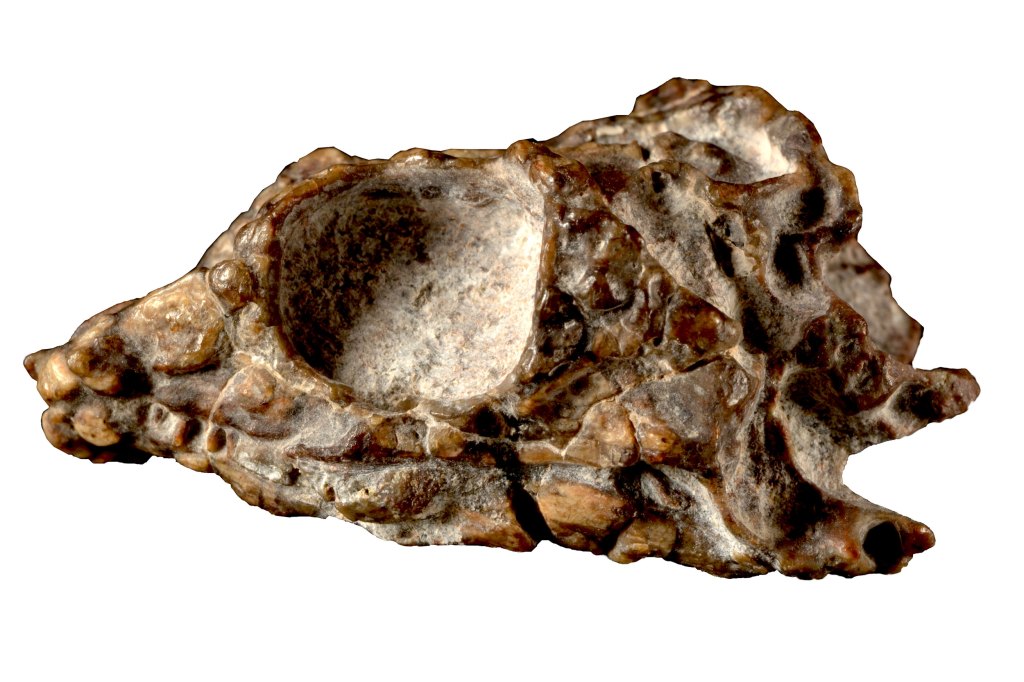
-
Climate scientist on UN report: Just as bad as we expected
Peter Huybers, a professor of Earth and planetary sciences, explains the recently released UN report on climate change and the harrowing details contained within it.

-
Dan Barouch and the birth of the J&J COVID vaccine
Dan Barouch, Harvard Medical School professor and head of Beth Israel Deaconess’ Center for Virology and Vaccine Research, was awarded Harvard’s George Ledlie Prize for work that culminated in one of three vaccines against COVID-19 approved for use in the U.S.
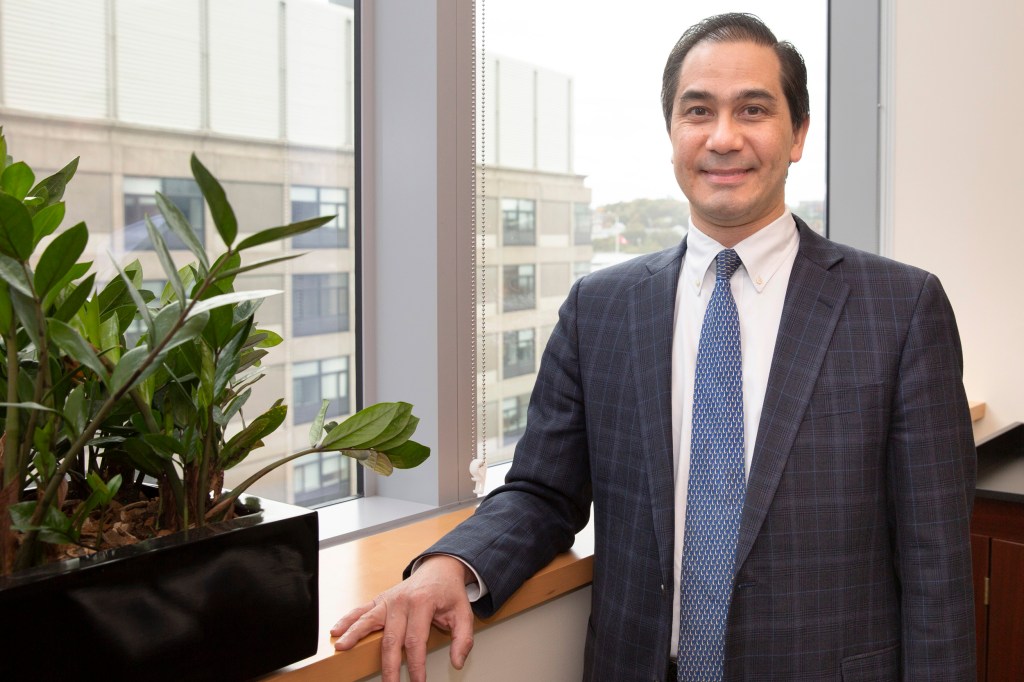
-
Living proof
A study by Harvard researchers demonstrates that jumping spiders can distinguish living from nonliving objects based on their movement.
